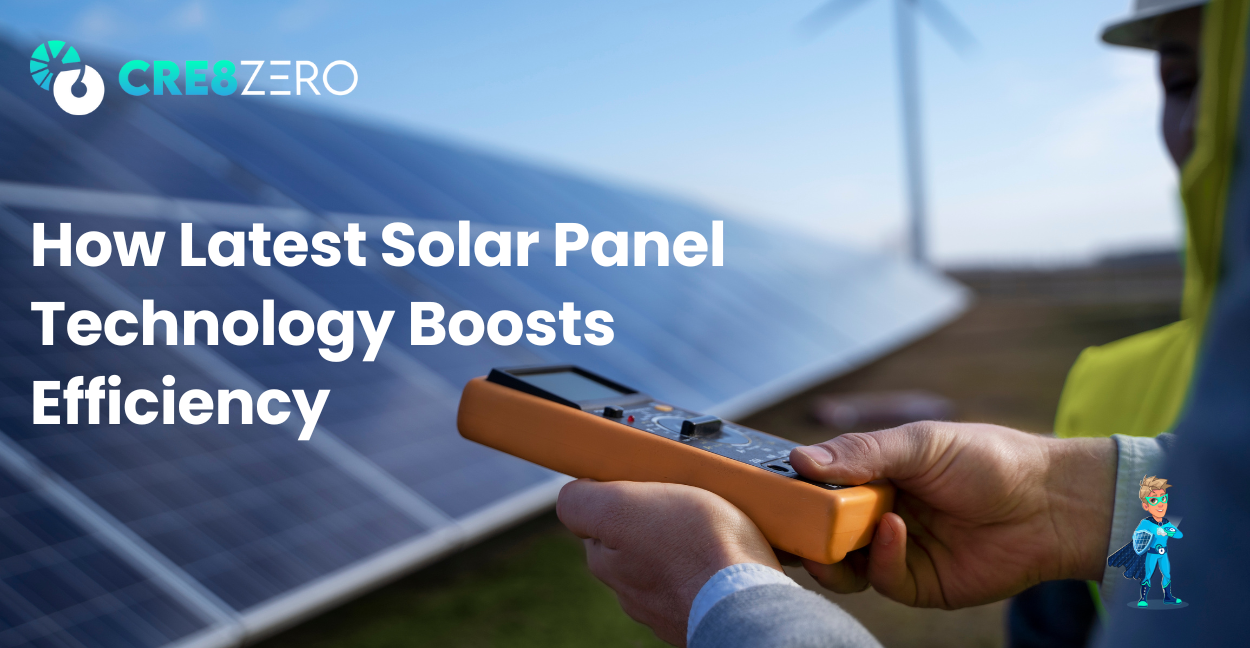Solar energy has rapidly become one of the most sustainable and cost-effective ways to generate electricity. With constant advancements in technology, the efficiency of solar panels has improved significantly. As a result, solar energy is now more accessible, cost-effective, and environmentally friendly than ever before. The latest solar panel technology plays a pivotal role in this progress, helping homeowners and businesses maximise their energy production and reduce reliance on traditional power sources. In this article we will explore how the latest solar panel technology boosts efficiency, making solar energy a smarter choice for anyone looking to reduce their carbon footprint and energy bills.
Why Efficiency Matters in Solar Energy
Efficiency is a critical factor when it comes to solar energy, as it directly impacts the amount of electricity that can be generated from sunlight. The higher the efficiency of a solar panel, the more energy it can produce from the same amount of sunlight, meaning less space is required to generate the same power. This is particularly important for homeowners in Brighton and Hove, where many properties have limited roof space or are located in areas with strict planning regulations. For businesses in the region, maximising energy production is key to optimising operational costs. In addition, improved efficiency leads to better long-term savings, as more energy is captured and used, reducing the need for electricity from the grid. As the demand for clean energy grows, especially in environmentally-conscious communities like Brighton and Hove, the ability to maximise solar energy output is essential for making solar power a viable and cost-effective solution for a wider range of applications.
How Latest Solar Panel Technology Boosts Efficiency Explained
The latest advancements in solar panel technology have significantly boosted their efficiency, making solar energy a more viable and attractive option for both residential and commercial applications. One of the key developments is the use of monocrystalline silicon panels, which are known for their high efficiency due to their pure silicon structure. These panels capture more sunlight and convert it into usable electricity, even in low-light conditions. Additionally, bifacial solar panels, which capture sunlight from both the front and back, have been introduced to increase energy production, especially when placed in areas with reflective surfaces like snow or water.
Another breakthrough is the integration of perovskite solar cells, which promise to deliver higher efficiency at a lower cost. These cells are lighter and more flexible, making them easier to install in a variety of settings. Furthermore, solar tracking systems have become more affordable and efficient, allowing panels to follow the sun’s path throughout the day, ensuring maximum exposure to sunlight and boosting overall energy output.
With these innovations, solar panels can now generate more electricity from the same amount of sunlight, enhancing the return on investment for consumers and encouraging a greater shift toward renewable energy sources. As solar technology continues to evolve, efficiency will only improve, driving further adoption of solar energy worldwide.
Key Factors That Influence Solar Panel Efficiency
1.) Solar Panel Material Innovation
- Monocrystalline vs. Polycrystalline Panels
Monocrystalline solar panels are made from a single crystal structure, which allows electrons to flow more freely, making them more efficient at converting sunlight into electricity. These panels tend to have higher efficiency rates, typically around 18-22%. On the other hand, polycrystalline panels are made from multiple silicon crystals, which results in a lower efficiency (around 15-17%). While polycrystalline panels are less efficient, they are often more affordable, making them a popular choice for those on a budget.
- The Rise of Perovskite Solar Cells
Perovskite solar cells are a newer technology with great promise in improving solar panel efficiency. These cells are made from a material that mimics the crystal structure of a mineral called perovskite, which is highly efficient at absorbing sunlight. They can be produced at a lower cost and are more flexible than traditional silicon-based panels, opening up possibilities for new applications, such as solar windows or portable solar devices. While still in development, perovskite solar cells have the potential to significantly boost solar panel efficiency in the coming years.
2.) The Role of Solar Panel Design
- Bifacial Solar Panels
Bifacial solar panels capture sunlight from both the front and back sides of the panel. This design allows them to take advantage of reflected light from surfaces such as snow, water, or even the ground. By harnessing light from both sides, bifacial panels can increase energy production by up to 30% compared to traditional, monofacial panels. These panels are particularly effective in environments with high albedo (reflective surfaces), making them ideal for certain geographic regions.
- Flexible and Lightweight Panels
Flexible solar panels are made from thin, lightweight materials that allow them to be installed in a variety of locations, such as on curved surfaces or portable devices. These panels are more versatile than traditional rigid panels, which need a flat, stable surface for installation. While they are still less efficient than conventional solar panels, they offer new possibilities for applications in transportation, clothing, and remote power generation.
3.) Advanced Solar Cell Technology
- PERC (Passivated Emitter and Rear Contact) Cells
PERC technology improves the efficiency of solar panels by adding a passivation layer to the rear side of the solar cells. This layer reduces the recombination of electrons, allowing more sunlight to be converted into electricity. PERC cells have become increasingly popular in recent years, with efficiency rates reaching 22% or higher. They also perform better in low-light conditions and at higher temperatures, making them ideal for a variety of climates.
- Tandem Solar Cells
Tandem solar cells combine two or more layers of solar cells with different absorption properties. By stacking these layers, tandem cells can capture a broader spectrum of sunlight, which increases their efficiency. For example, one layer may absorb visible light, while another captures infrared light. This approach has the potential to exceed the efficiency limits of traditional silicon-based solar cells, with some research suggesting that tandem cells could achieve efficiencies above 30%.
Maximising Efficiency Through Installation Practices
1.) Optimal Panel Placement and Orientation
-
Roof Angle and Sun Exposure
The angle at which solar panels are installed is crucial for maximising their efficiency. Panels should be installed at an angle that matches the latitude of the location to capture the most sunlight throughout the year. In addition, panels should be oriented towards the south (in the northern hemisphere) to receive the most direct sunlight. Proper placement ensures that the panels receive maximum exposure to sunlight, which directly impacts their energy output.
-
Minimising Shading for Maximum Output
Shading can significantly reduce the efficiency of solar panels, as even partial shading can decrease energy production. To optimise efficiency, panels should be installed in areas that are free from shadows cast by trees, buildings, or other obstructions. In cases where shading is unavoidable, technologies like microinverters or power optimisers can help mitigate the effects by ensuring each panel operates independently, rather than as part of a series.
2.) The Importance of Solar Tracking Systems
-
How Solar Trackers Improve Efficiency
Solar tracking systems adjust the position of solar panels throughout the day to follow the sun’s movement. This ensures that the panels are always facing the sun at the optimal angle, increasing their energy capture. Solar trackers can improve energy production by up to 25%, especially in areas with high solar irradiance. There are two types of trackers: single-axis, which move the panels along one axis (typically east to west), and dual-axis, which allow the panels to track the sun both horizontally and vertically.
-
Fixed vs. Tracking Solar Panels
While tracking systems can increase efficiency, they also come with higher costs and maintenance requirements. Fixed solar panels, on the other hand, are stationary and require less maintenance, making them a more affordable option for many homeowners and businesses. However, tracking systems may be a better investment for large-scale solar farms or areas with high sunlight availability.
Innovations in Solar Inverters and Battery Storage
1.) The Role of Inverters in Maximising Efficiency
- String Inverters vs. Microinverters
Inverters are crucial for converting the direct current (DC) from solar panels into alternating current (AC) used in homes and businesses. So, how do solar inverters work? Traditional string inverters convert power from multiple panels, but if one panel is shaded or underperforming, it can affect the whole system. Microinverters, installed on each panel, allow independent operation, ensuring that one panel’s performance doesn’t impact the others, leading to better overall efficiency, especially in shaded areas.
- Power Optimisers and Their Benefits
Power optimisers are devices that are installed on individual solar panels to maximise their output. They work by ensuring that each panel operates at its peak efficiency, even if other panels in the system are not performing as well. Power optimisers are often used in conjunction with string inverters to improve overall system performance, especially in installations where shading or other factors may reduce panel efficiency.
2.) Battery Storage Systems for Enhanced Energy Use
- How Battery Storage Maximises Solar Efficiency
Battery storage systems allow excess energy generated by solar panels during the day to be stored for use at night or during periods of low sunlight. This helps maximise the use of solar energy and reduces reliance on the grid. By storing energy for later use, homeowners and businesses can increase their energy independence and reduce their electricity bills. Advanced battery technologies, such as lithium-ion batteries, have made energy storage more affordable and efficient. For those in Brighton and Hove looking to optimise their solar energy system, our expert solar panel installation services can help you make the most of this technology.
- Choosing the Right Battery for Your Solar System
When selecting a battery storage system, it’s important to consider factors such as capacity, lifespan, and efficiency. The right battery will depend on the size of the solar system, the energy needs of the household or business, and the local climate. Battery systems integrated with solar panels provide a seamless energy solution, ensuring excess energy is stored and used effectively. Contact us today to learn how a tailored battery storage system can enhance your solar energy setup.
The Future of Solar Panel Technology and Efficiency
1.) Emerging Trends in Solar Energy
- Integration with Smart Homes and Smart Grids
As solar technology continues to evolve, there is a growing trend towards integrating solar systems with smart home technologies and smart grids. Smart home devices can monitor and manage energy consumption, ensuring that solar power is used efficiently. Smart grids allow for better distribution of solar energy, reducing waste and ensuring that energy is directed to where it is needed most.
- Solar Energy Storage Breakthroughs
The future of solar energy will also see significant advancements in energy storage technology. New developments in battery chemistry, such as solid-state batteries, could provide higher energy densities, longer lifespans, and faster charging times. These innovations will make solar energy even more reliable and efficient, further reducing dependence on fossil fuels.
2.) The Impact of Artificial Intelligence on Solar Efficiency
- AI for Solar Panel Monitoring and Optimisation
Artificial intelligence (AI) is playing an increasingly important role in solar energy systems. AI can monitor solar panels in real-time, identifying potential issues such as dirt, shading, or malfunctioning components that may reduce efficiency. By using AI to optimise panel performance, solar systems can operate at their maximum potential.
- Predictive Maintenance and Efficiency Gains
AI can also be used for predictive maintenance, helping to identify when solar panels or other components are likely to fail. By addressing issues before they occur, AI can help prevent downtime and ensure that solar systems remain efficient over the long term. Predictive maintenance can reduce costs and improve the overall lifespan of solar systems.
The Benefits of Investing in High-Efficiency Solar Panels
1.) Long-Term Savings and Return on Investment
- Lower Electricity Bills
High-efficiency solar panels can significantly reduce electricity bills by generating more power from the same amount of sunlight. Over time, the savings on energy costs can more than offset the initial installation costs, providing a strong return on investment.
- Increased Property Value
Homes and businesses with solar panels are often valued higher due to the energy savings and environmental benefits they offer. Installing high-efficiency solar panels can increase the resale value of a property, making it a wise long-term investment.
2.) Contributing to a Sustainable Future
- Reducing Carbon Footprint
By switching to solar energy, homeowners and businesses can reduce their carbon footprint and contribute to a cleaner, greener planet. Solar energy is a renewable resource that produces no harmful emissions, making it a key component in the fight against climate change.
- Supporting Global Renewable Energy Goals
As the world transitions towards renewable energy, investing in solar power helps support global efforts to reduce reliance on fossil fuels. High-efficiency solar panels are a critical part of achieving these goals, providing a scalable and sustainable solution for the future.
CRE8 ZERO – Your Energy Partner for the Future
CRE8 ZERO is committed to making renewable energy accessible and effective. With our expertise in solar panels, battery storage, and EV chargers, we help you embrace a greener lifestyle while cutting down on costs.
Contact us at CRE8 ZERO to power your home with sustainable energy solutions you can trust. Your journey to energy independence starts here!









